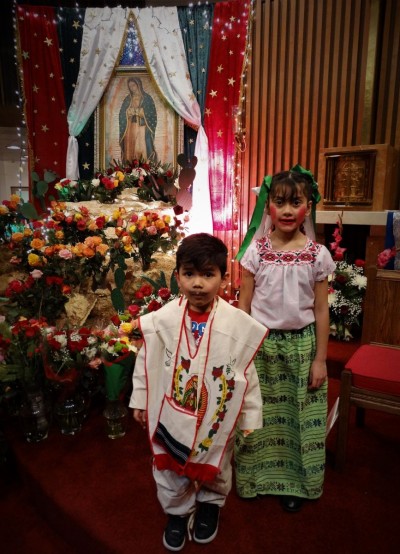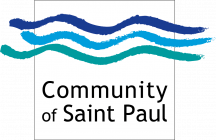
The parish of St. John Paul II, located in the Southside of Milwaukee, is the product of three parishes traditionally of Polish origin. Nowadays, a growing Hispanic community is added to the Polish community, and it is a beautiful experience to see how both groups, separated by different languages and cultures, try, nevertheless, to feel like a single parish. It is not a challenge easily overcome, but prejudices are broken from one side and the other every time a personal relationship of friendship is established, each time an English speaker enjoys a “taco al pastor” or prays to Our Lady of Guadalupe (and he has no qualms about trying to pronounce her name); when those born in the country know immigrant families, go to their homes, celebrate together, and appreciate and are moved when they hear the situations that many families have gone through and admire the capacity and work ethic that has led these newcomers not to falter.
We also experience the reality of integration when a Mexican celebrates the 4th of July and proudly displays the US flag at home, because despite hardships and difficulties, he knows that he has had a new opportunity here. Or when she is excited to be a member of a new parish group because she feels comfortable and knows that she will be heard. These are small signs, steps that aim at integration and mutual solidarity, which will not appear in statistics, nor in laws, nor in migratory policies. But the truth is that, not only in Milwaukee but throughout the United States, parishes become, by their very nature and mission, a privileged space for integration.
Hopefully this opportunity—this reality that we live here at the parish level—will be lived in other churches, in other centers and institutions, so that more and more groups learn how to transcend the world of prejudices and myths, to embrace the real world of people.









